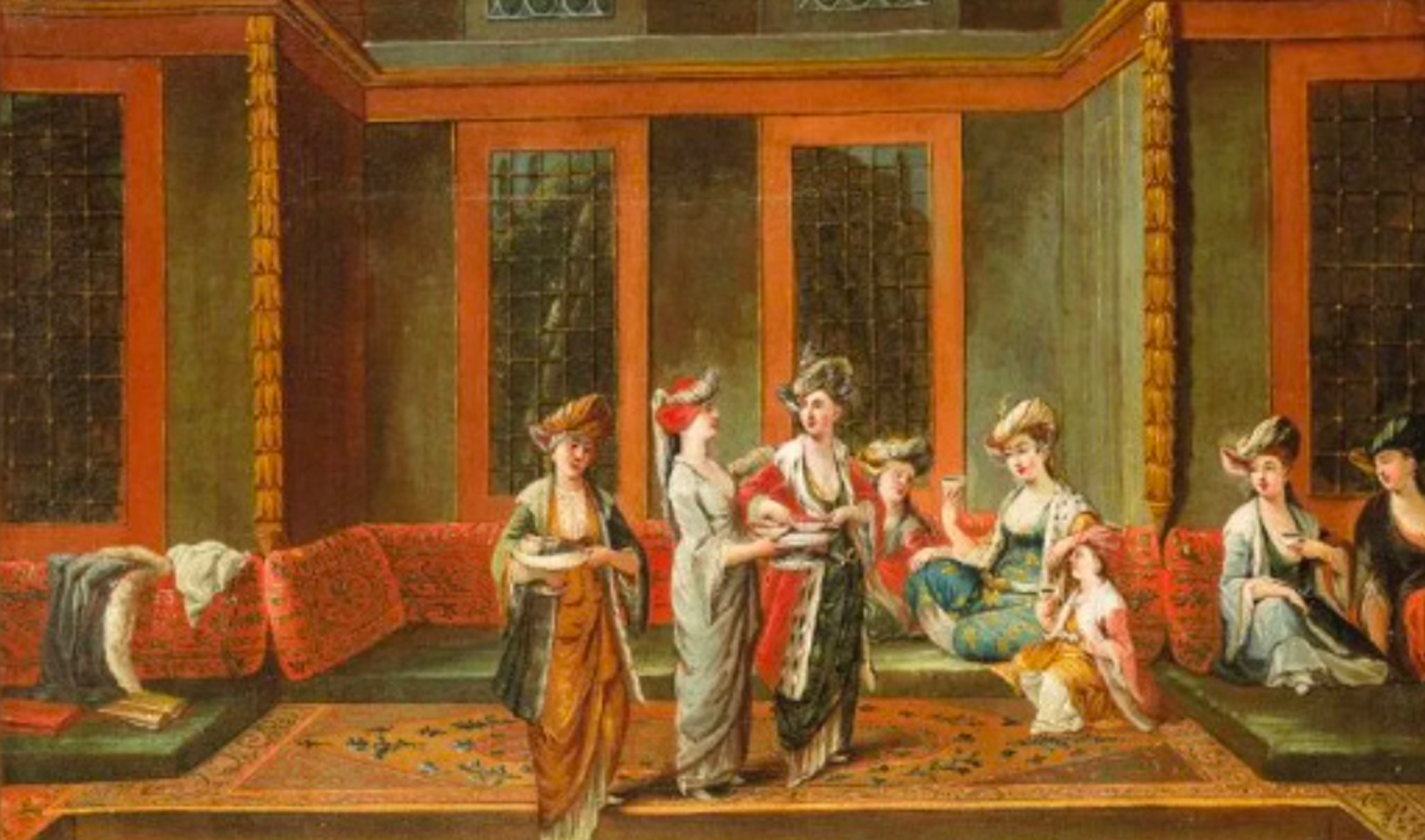BY BELLA SHAKHNAZARYANCARNEGIE
I’m sorry, we don’t make Armenian coffee here. Would you like an Americano instead? How many times have I heard that in Yerevan? This article stems from one of the many frustrations I often encounter on the streets of our capital. Amid the growing number of modern, stylish cafés, finding a place that serves simple, authentic Armenian coffee is becoming increasingly difficult. As a diasporan, whenever I am in Armenia, I expect to be served Armenian coffee—a handmade brew, not just espresso or Americano poured from a globalized coffee machine. It feels almost offensive that, while Armenians played a key role in introducing café culture to many European capitals—where it is mostly known as “Turkish coffee”—Armenian coffee itself is not fiercely defended as part of our cultural heritage, even here at home. We are not just neglecting it; we are actually replacing it with foreign customs and terminology. Armenian coffee as a ritual during gatherings In the 1990s, coffee was not just a drink in Armenia—it was a small but meaningful ritual. As a child, preparing coffee was often a task passed down to younger girls, especially when guests arrived. At first, it felt like a chore. You had to grind fresh coffee beans using a manual steel hand grinder—an arm workout in itself! I remember occasionally peeking inside the grinder to see if there was enough coffee for everyone and breathing in that magical aroma of freshly ground beans, even though I was not allowed to drink it yet. Then came the careful boiling: counting cups, mea- suring spoons of coffee and standing guard to make sure it did not boil over—because it can, in a matter of two seconds. The final satisfaction usually came when guests complimented the coffee, even though you had never developed a taste for the machine-made kind. Sorry, not for me. It always seemed to have an odd, lazy flavor. Plus, think of the waste. No espresso, no Americano—just give me the slow, deliberate brewing of Armenian coffee from a jazzvé, brewed to extract deep flavors. After experimenting with Italian moka pots, I finally bought a traditional brewing pot from the Yerevan Vernissage open-air market, along with a long coffee spoon—just like those from my childhood. Now, I brew my coffee by hand—or even better—I invite my guests to do it, right before sharing a fine Armenian coffee. Maybe this is just a diasporan’s nostalgia. Or maybe it is an act of reclaiming and preserving a legacy we are in danger of losing: a small heritage of slow, meaningful hospitality and genuine human interactions. The café culture in Europe and Armenian merchants Many Armenians know that their ancestors played a pivotal role in shaping Europe’s coffee culture, literally introducing it to several major cities in the 17th century. As merchants and traders, Armenians carried their traditions and innovations across the globe. They established some of the first coffeehouses in Paris, Marseille and Vienna, laying the groundwork for the continent’s café culture. But what many do not know is that Armenians played a key role in democratizing coffee in Europe. While it was initially a beverage reserved for the privileged, Armenians helped make coffee accessible to the wider public. In 1666, French playwright and Parlement of Paris attorney Adrien-Thomas de Subligny wrote a poem celebrating coffee’s virtues, while noting Armenians’ key role in its introduction to Europe: “C’est une liguer arabesque, Ou bien si vous voulez turquesque, Que dans le Levant chacun prend…. Elle a passé dans l’Italie, En Holland et des les Anglais Où l’on la trouve fort utile, Et des Arméniens qui sont en cette ville L’apportent encore aux François.” “It is an Arabesque liqueur, Or if you prefer, Turkish in flavor, That everyone in the Levant drinks… It has made its way into Italy, To Holland and among the English too, Where it is found quite useful, And the Armenians in this very town Still bring it to the French, as well.” De Subligny credited Armenians with inventing the idea of opening boutiques—shops where only coffee was served—for Parisians. In 1672, an Armenian merchant named Harutyun (“Pascal” in French) opened Paris’s first café, initially called Beau Café, at the Foire Saint-Germain, a large annual fair held in the Saint-Germain-des-Prés dis- trict. This fair, dating back to the Middle Ages and flourishing through the 17th and 18th centuries, was among Paris’s wealthiest, where vendors sold every- thing except arms and books. Despite initial success, the fair’s closure forced Harutyun to relocate his café to another neighborhood, where it failed to attract the same clientele. At the time, “only Levantines and Knights of Malta frequented the café.” A year later, Harutyun closed the business and left for London.

